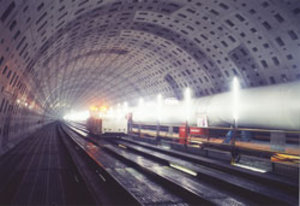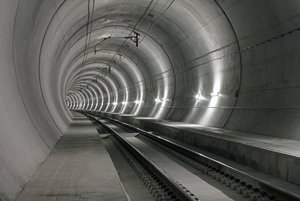

In hilly or mountainous areas, the use of tunnels improves or makes feasible various transport options such as roads, railways, canals, etc. This is especially true when it comes to the construction of high speed transportation lines, as low values of steepness and radius are needed. Tunnels are also an important option in river, straits and harbour crossings, becoming on some occasions the only possibility to cross water expanses (high currents, large depths, large maritime traffic, etc).
Therefore, the layout of underground facilities and infrastructures benefits from several advantages. These advantages derive essentially from the freedom (within geological, cost, and land ownership limitations) to plan a facility in three dimensions and from the removal of physical barriers on the land. These advantages are essential when planning infrastructure in very dense urban environments, where there is a big lack of space available and multiple geographical constraints.

Some basic examples of situations where topographic reasons oblige the construction of underground infrastructures as the only possible solution are the transalpine rail tunnels crossing Switzerland.
Both Gotthard and Lotschberg tunnels (with 57 and 34 km respectively) must cross mountains of several thousands of meters maintaining at the same time very limited values of radius and steepness to allow for high speed train circulation of up to 250 km/h.
Links & images
- Trans-Tokio Bay Highway (top)
- Gotthard Base Tunnel (right)
